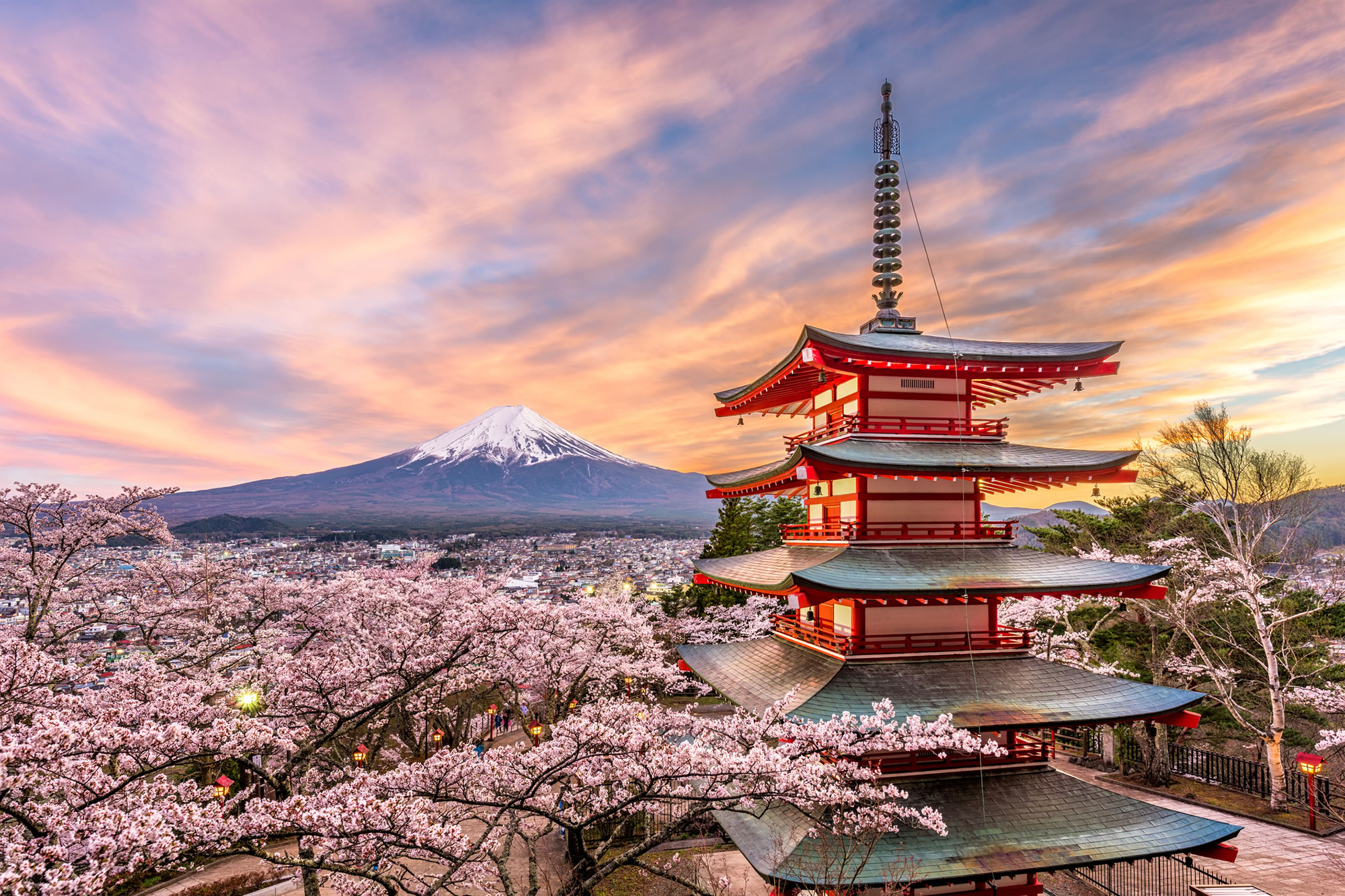Blossom is beautiful anywhere in the world, but none more so than in the Land of the Rising Sun.
For centuries, the Japanese, and indeed the world at large, have been fascinated by the sudden bloom of cherry blossom that sweeps across the nation every year.
Breathtaking images of pink petals carpeting the country’s parks, forests and even cities, entice visitors from every corner of the globe and serve to remind us of nature’s captivating beauty.
Travellers wishing to add Japanese cherry blossom to their bucket list, should check out the following tips to help get the most out of this, once in a lifetime, opportunity.
Where, When and Why?
Firstly, it’s important to understand why the cherry, or sakura, trees are so popular. Well, aside from their famous good looks, the blossom plays a significant role in Japanese culture and heritage, symbolising both renewal and the transient nature of life.
The remaining questions are intertwined, as the blooming season is dependent on location and other factors, such as the current climate. It is possible to view the trees in their full glory throughout the land, from the pulsating metropolis of Tokyo to the scenic mountain backdrop of the Fuji Five Lakes.
A Short Window of Opportunity
Teams of scientists are tasked each year with predicting the arrival of the opening blooms, with the entire nation eagerly anticipating the first hints of pink. The whole event is serious business, perhaps due to the blossom’s brief lifespan of little over a week.
With such a short window for enjoying the sights, it’s a good idea to tailor your trip accordingly.
Generally speaking, the trees begin to show life in January in the country’s southern regions, extending through the central islands in March and April, before concluding their display in Hokkaido at the start of May.
Final Thoughts
Visiting Japan during the cherry blossom season comes with its drawbacks, as the tourist levels hit their peak in spring. Make sure you plan your trip early, and book any excursions or accommodation in advance, to avoid disappointment.











